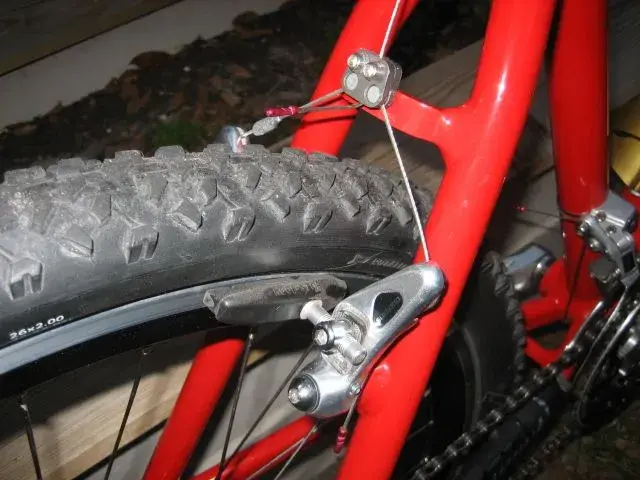dyna-ti":2cuspnwt said:The ONLY way to test these 'theories'
Is to use a stock bike set up with canti's,run downhill at a set speed then pull the brakes at a given point/time
Measure the distance they take to stop
Not the ONLY way. I'd be very surprised if there weren't test rigs which would be able to do this in a much more scientific and repeatable manner...

